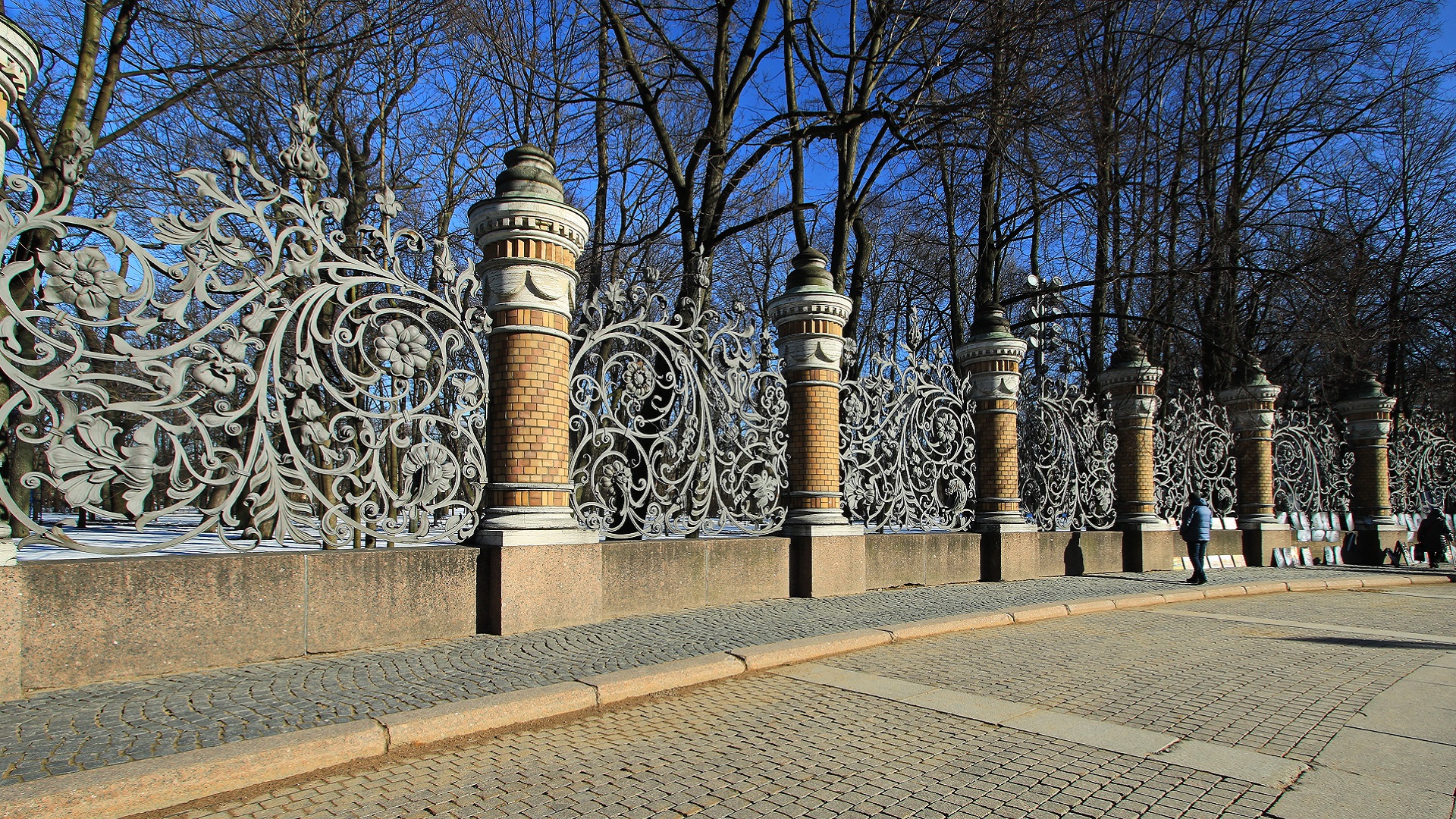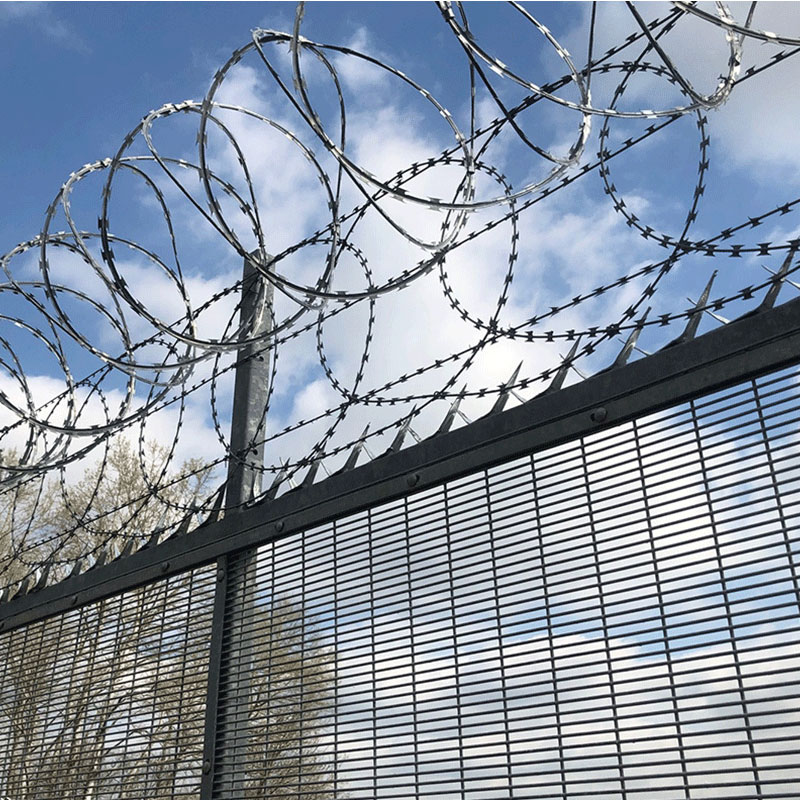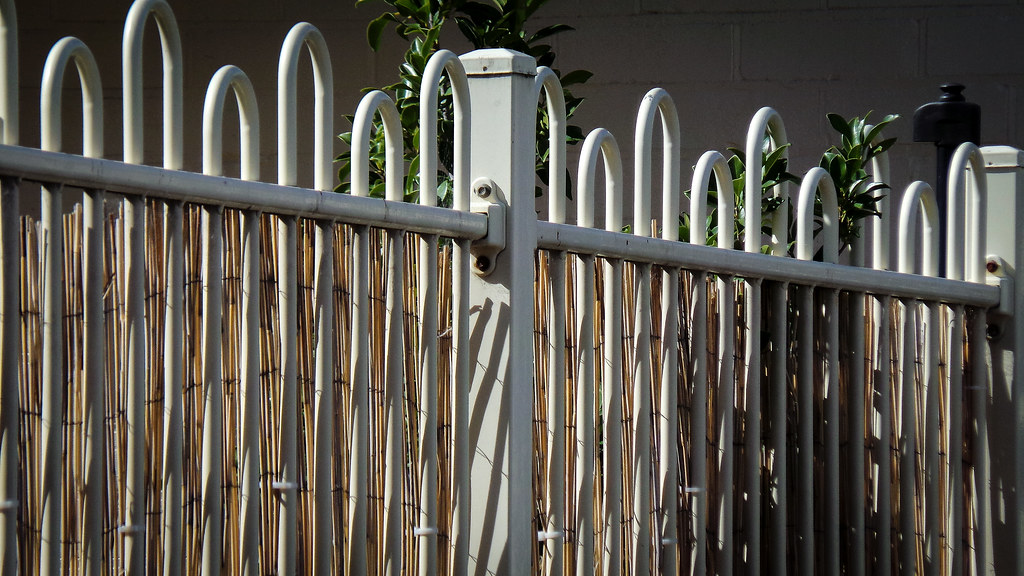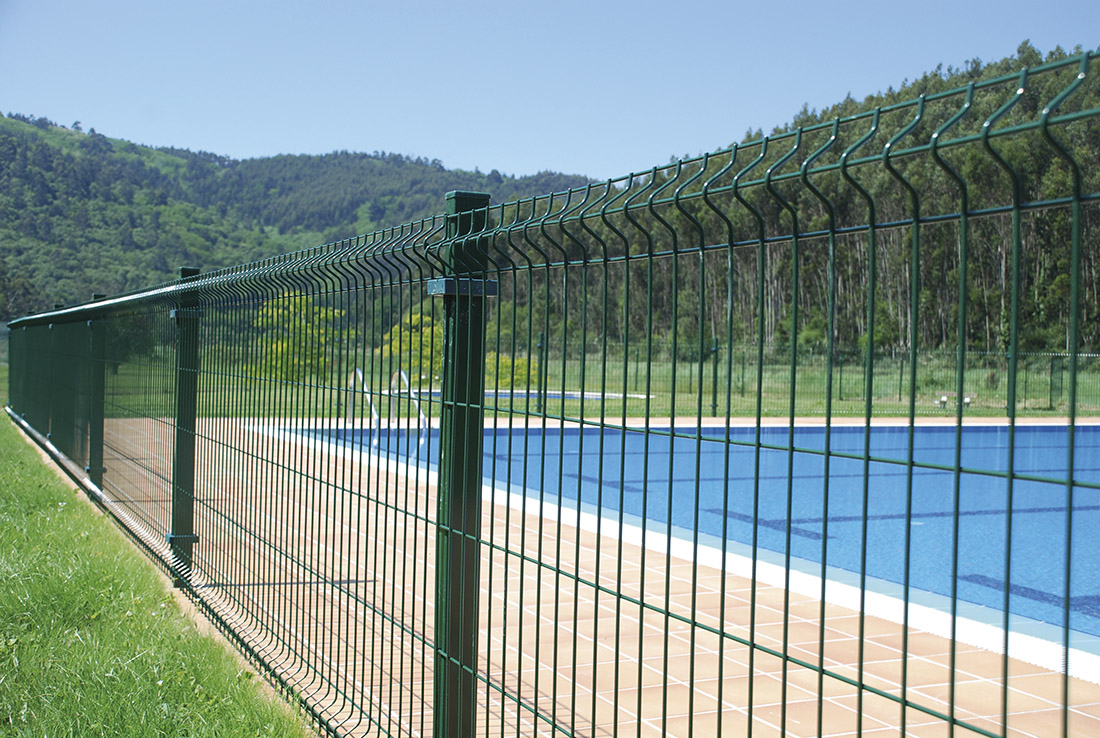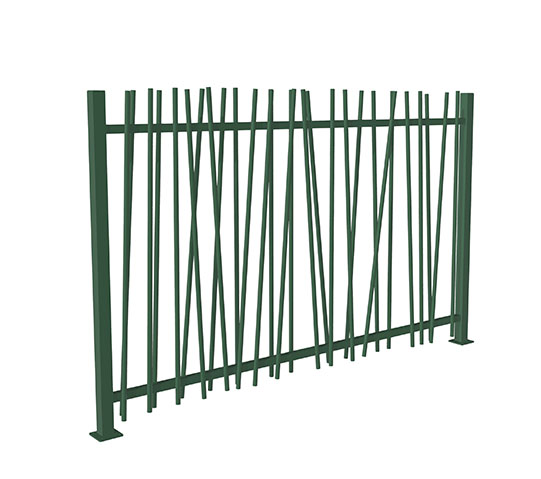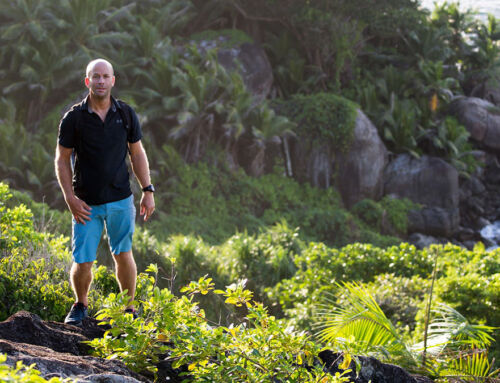When choosing the most appropriate perimeter fencing for a water park or other facility for leisure and tourism in general, whether it is in a hotel, a resort, a campsite or a shopping centre, different criteria must be taken into account. In general terms, it is recommended that the fence be supported on a support wall. Said wall serves both to prevent the entry of water and the access of animals, which otherwise could dig under the fence. In any case, the recommended height of the ensemble will be 2.5 m or higher. However, in order to make that choice, it is also necessary to consider the following factors:
–Safety is the first factor to consider. In this regard, whilst fencing should discourage unauthorized access, its configuration should also prevent the risk of serious injury, such as entrapment or strangulation. For the rest, security can be improved with electronic surveillance systems and good perimeter lighting. However, it is necessary to consider a balance between safety and aesthetics, since in some cases the improvement of the first is produced to the detriment of the second.
Safety can be detrimental to aesthetics.
–Privacy is another important factor: traditional masonry walls are completely opaque, so they may be the best option if privacy is the priority. However, there are intermediate solutions, lighter and cheaper, based on the use of bars or slats (depending on the theme), whose opacity can be entrusted to dense vegetation. Failing that, there is the option of placing different textile and/or thematic elements on them to achieve that privacy. In the case of water parks and other leisure and tourism facilities, the solution must often provide that privacy, without hiding, as far as possible, the attractions, which act as a lure for the public to deciding to enter.
The barred fences serve as support for textile or thematic elements.
-The economic issue is also a criterion for choosing the appropriate fencing, especially when it must cover a lengthy perimeter and close off a large area of land. A balance must always be found between the image offered by the fence and its cost. In this regard, the aesthetics offered by basic options such as the simple torsion fence or the metal mesh bars, may not be what is expected by the waterpark operator or the manager of the hotel or resort, campsite or shopping centre in which it is located. locate. The Hercules type panel could be the option that offers the best balance between cost and aesthetics. However, the simple low-cost torsion fence offers a very poor aesthetic and we would not recommend it.
The Hercules type panel is a balanced option.
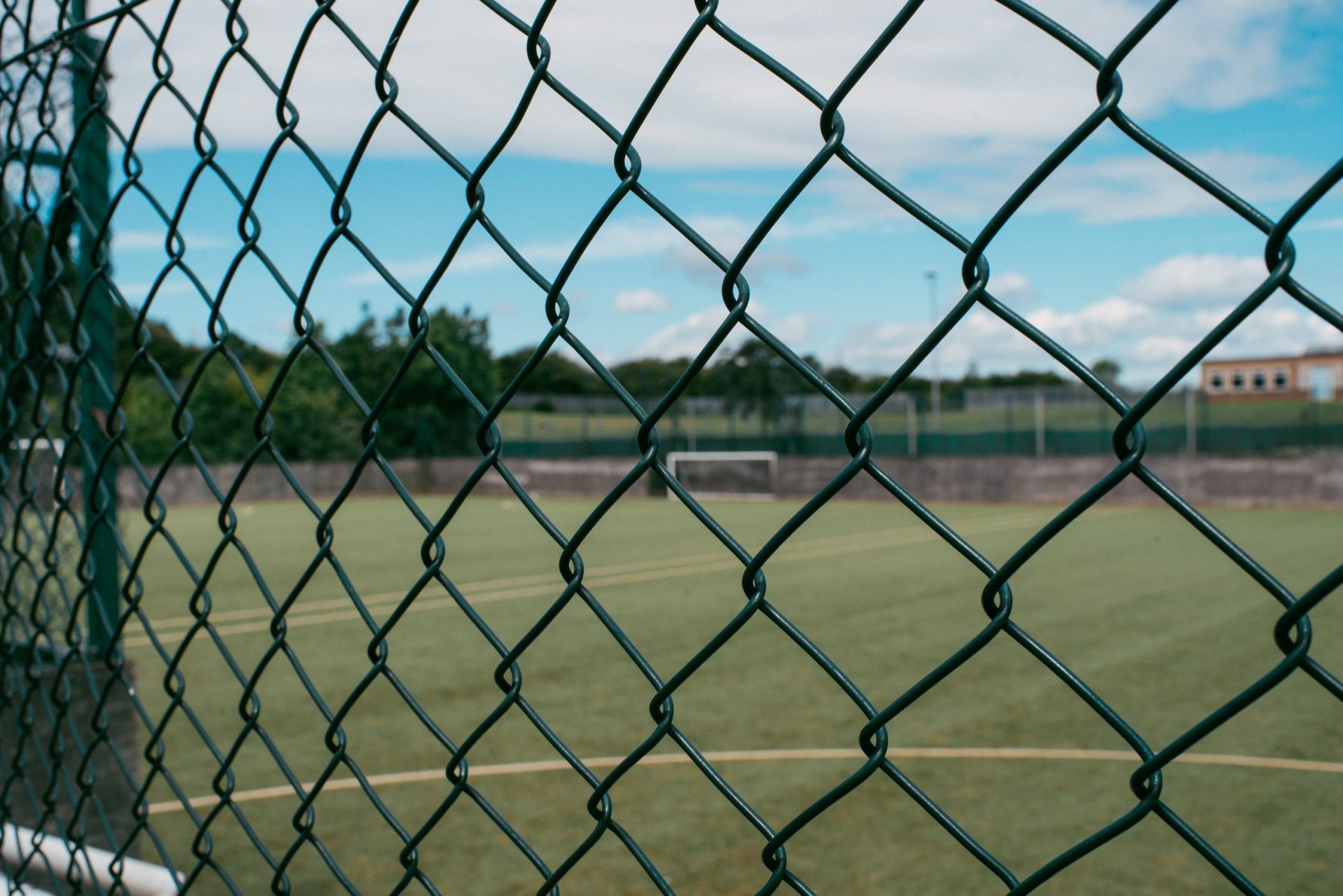
The simple torsion fence aesthetically offers a poor image.
-The aesthetic issue is the flip side of the coin, when choosing fencing. Again, it will be necessary to take into account the balance between this factor and its cost. Therefore, we can give the fence a theme according to the general theme of the water park, but this approach will undoubtedly have a greater economic impact. For this reason, this resource should only be used at relevant points, such as accesses or areas of high exposure and visibility. It should be added that wooden fences entail high maintenance costs. However, we have prefabricated models that provide a certain aesthetic treatment at a reduced cost. Finally, if we decide on the use of decorative and ornamental elements, we must consider that the longer the fence is, the higher the cost.
There are prefabricated models with a reduced cost.
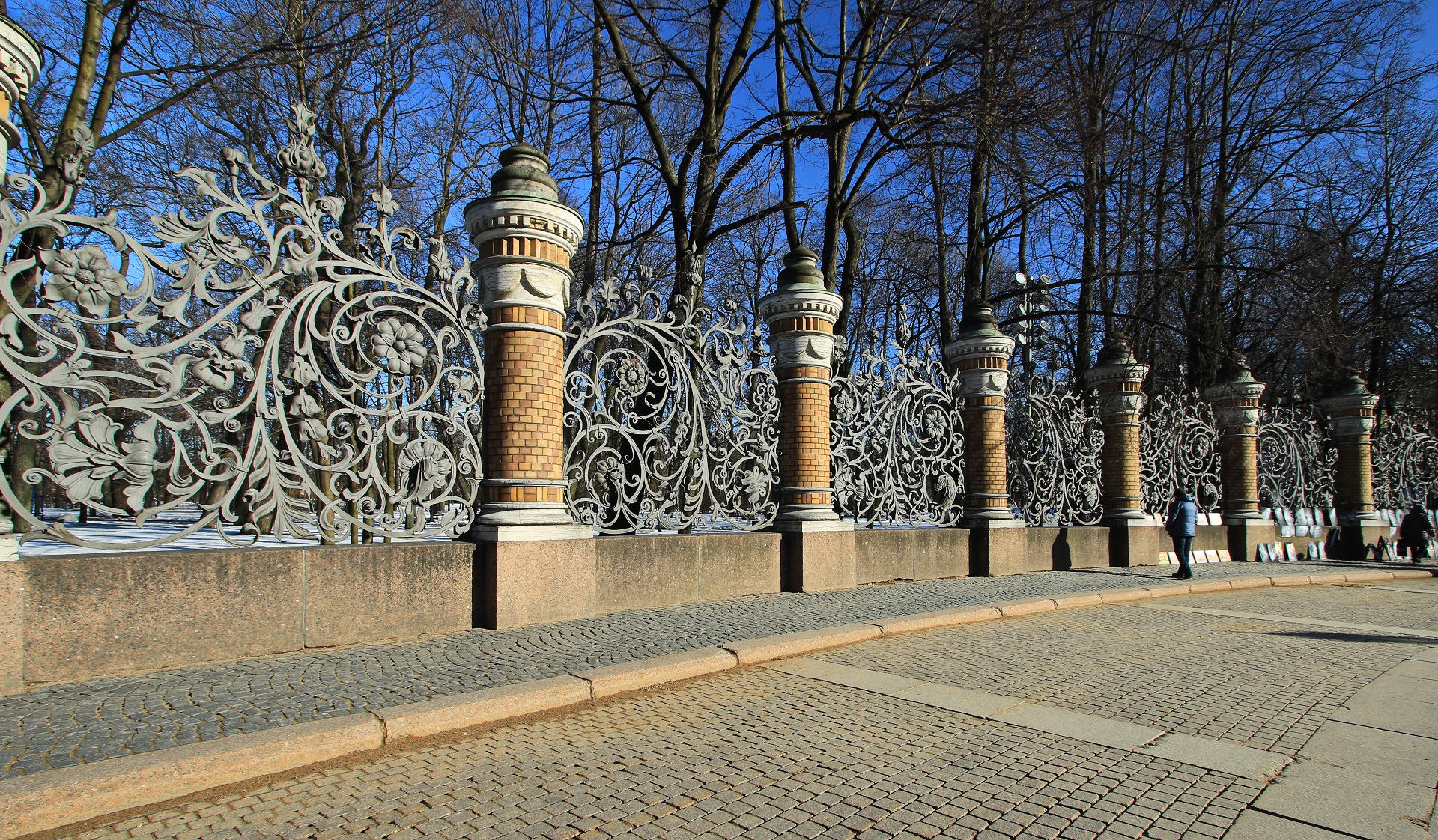
With ornamentation, the longer the fence, the greater the cost.
-Finally, it will be necessary to take into account the adaptation of the fences to unevenness. Indeed, water parks, whether in hotels or resorts, campsites, shopping centres or other leisure and tourism complexes, often extend over uneven ground. If this is slightly uneven, the most common is the use of stepped models of fencing. However, for pronounced unevenness there are adjustable models with articulated bars that absorb the slope and facilitate their construction.
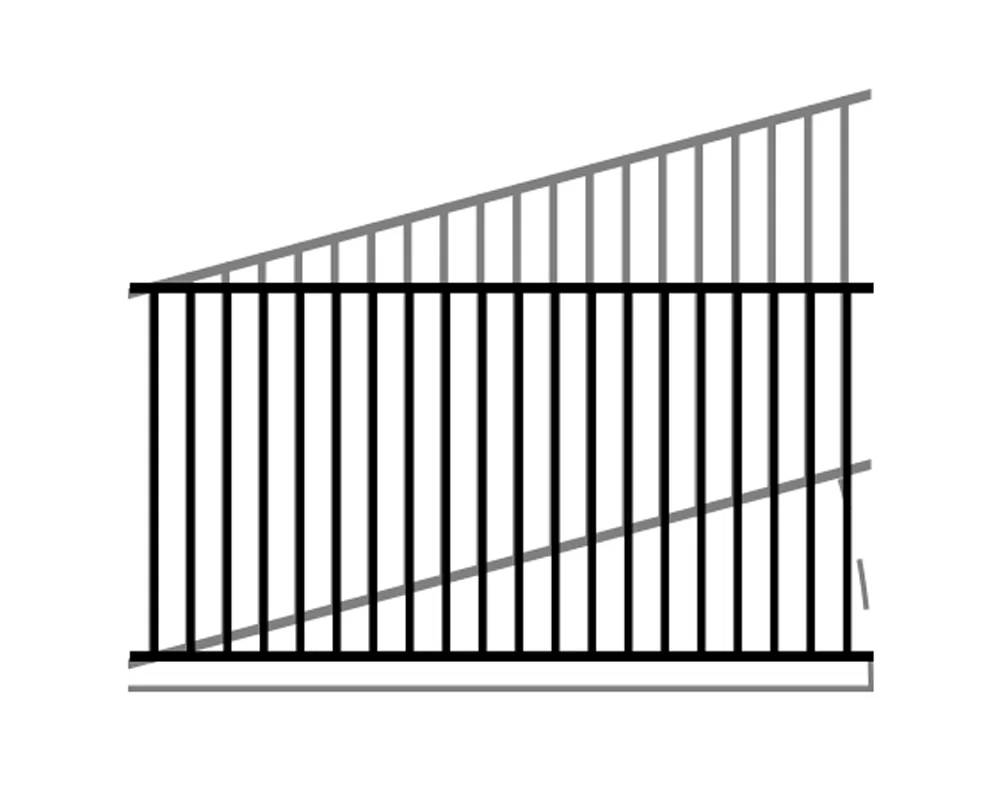
Model with articulated bars which adapt to uneven ground.
By Miquel Solís, Senior Architect in the Amusement Logic Architecture Department


